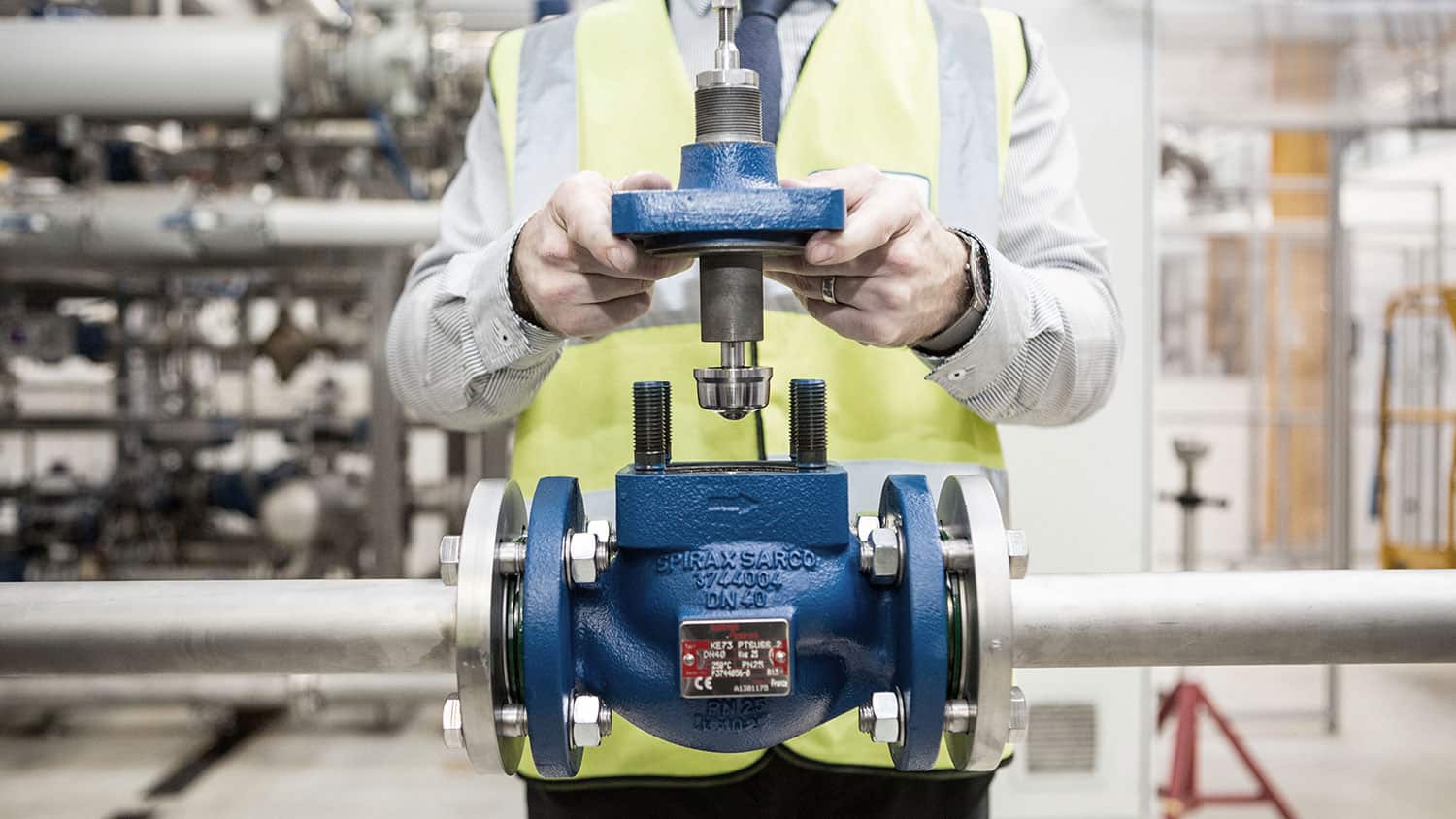
Maximize Power Financial Savings and Comfort With Advanced Building Automation Controls
In the realm of contemporary style and center administration, the assimilation of advanced building automation manages stands as an essential development. By using the power of automation, structures can adapt, respond, and evolve in ways that were when inconceivable.
Energy Effectiveness Advantages
Power effectiveness benefits can substantially lower power usage and operational prices in structures. Energy-efficient systems, such as advanced structure automation controls, can maximize the use of resources like home heating, air conditioning, and lighting, leading to reduced power expenditures over time.
Additionally, enhanced power effectiveness can extend the life expectancy of building tools and systems. By operating much more successfully, cooling and heating systems, light, and other structure components experience less wear and tear, causing decreased upkeep and replacement costs. Furthermore, energy-efficient structures typically regulate higher building worths and rental rates, providing long-lasting financial advantages to proprietors.
In addition, power performance can improve passenger convenience and performance. Properly regulated interior atmospheres with ideal lights and thermal conditions produce an even more conducive and positive work area, bring about boosted worker fulfillment and efficiency. Overall, the energy performance advantages connected with sophisticated structure automation controls are multifaceted, encompassing price financial savings, ecological stewardship, and occupant well-being.
Improved Comfort Control
Enhancing convenience control in structure environments requires an advanced combination of sophisticated automation systems for ideal occupant well-being. By using advanced building automation controls, facilities can customize the indoor environment to meet the specific needs and preferences of passengers. These systems make it possible for precise regulation of lighting, air flow, and temperature level, creating a comfortable and effective environment. Resident complete satisfaction and performance are very closely connected to thermal comfort, making it necessary to have systems in area that can adapt to changing problems in real-time.
By including these sophisticated controls, structures can not only boost convenience yet likewise boost energy effectiveness by optimizing system procedures based on real occupancy and usage patterns. Inevitably, prioritizing occupant comfort via advanced automation systems leads to a much more delightful and healthier indoor environment.
Operational Performance Improvements

In addition, the application of real-time surveillance and analytics tools enables building drivers to identify energy inadequacies and functional anomalies without delay. By continuously monitoring energy use patterns and system efficiency metrics, modifications can be made in real-time to maximize power consumption and make sure peak functional efficiency. control valves. Furthermore, including need response methods right into structure automation controls can additionally boost functional efficiency by dynamically adjusting energy use based upon grid conditions and prices signals
Indoor Environment Optimization
Reliable interior why not try these out climate optimization is an essential element of structure automation controls, ensuring residents' comfort and health while making best use of power savings. By utilizing advanced sensors and controls, developing automation systems can constantly check and change temperature, moisture degrees, air top quality, and air flow to create an optimum interior atmosphere. Preserving constant and comfy problems not just improves resident contentment yet likewise improves efficiency and general well-being.
Indoor climate optimization additionally plays a crucial duty in power performance. By fine-tuning air conditioning, heating, and ventilation systems based on real-time data and tenancy patterns, developing automation controls can considerably reduce power consumption - control valves. For example, applying approaches such as demand-controlled ventilation and thermal zoning can help lessen energy waste while making certain that each location of the structure obtains the needed conditioning.

Lasting Setting Production
Structure automation manages not only enhance indoor environment problems for power effectiveness and resident comfort yet also lay the structure for producing a sustainable environment via strategic monitoring of resources and systems. By incorporating advanced building automation technologies, such as sensing units, actuators, and smart software application, centers can change and keep track of energy use in real-time to minimize waste and reduce their carbon impact. These systems allow predictive upkeep, identifying possible concerns prior to they escalate and maximizing devices view efficiency to boost long life and effectiveness.
Moreover, lasting environment production extends past power monitoring to include water preservation, waste reduction, and interior air top quality enhancement. Building automation controls can control water more information use, find leaks, and ensure appropriate waste disposal practices, adding to overall sustainability initiatives. Additionally, by controlling and checking ventilation and filtration systems, these technologies enhance resident health and wellness and performance while decreasing energy usage linked with a/c procedures.
Final Thought
In conclusion, advanced structure automation regulates offer considerable benefits in regards to power savings, comfort control, operational effectiveness, interior climate optimization, and developing a lasting environment. By carrying out these controls, structures can attain optimum performance while minimizing power intake and boosting occupant comfort. It appears that making use of sophisticated automation modern technology is crucial in improving structure efficiency and developing an extra lasting future.
Power performance advantages can dramatically minimize power intake and functional expenses in structures. Generally, the energy effectiveness benefits associated with advanced building automation controls are multifaceted, encompassing expense financial savings, ecological stewardship, and passenger wellness.
Additionally, including need action techniques into structure automation controls can additionally boost functional effectiveness by dynamically adjusting energy use based on grid conditions and pricing signals.
Structure automation manages not just enhance indoor climate problems for power efficiency and passenger comfort but additionally lay the structure for developing a lasting environment via critical monitoring of systems and resources.In verdict, advanced structure automation manages deal substantial advantages in terms of energy financial savings, comfort control, functional efficiency, interior environment optimization, and creating a lasting environment.
Comments on “Recognizing the Value of Control Valves in Process Automation”